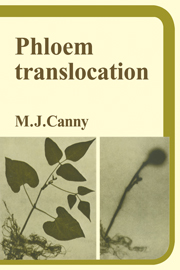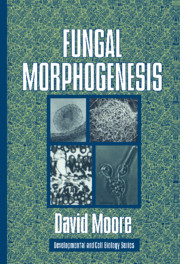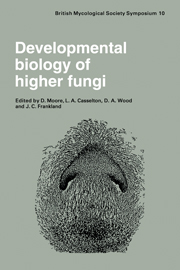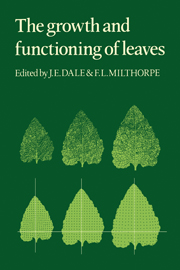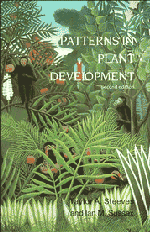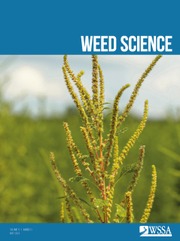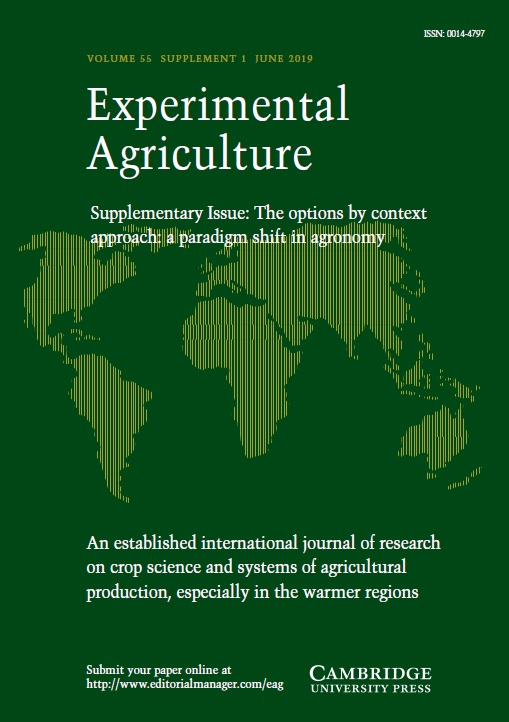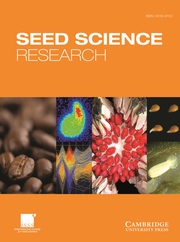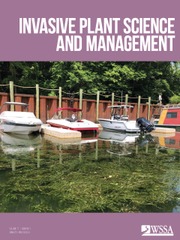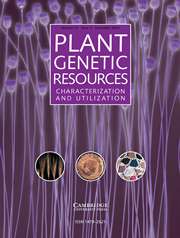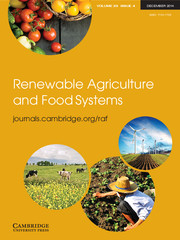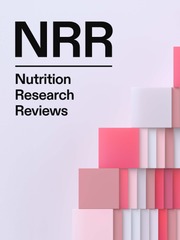Phloem Translocation
£34.99
- Author: M. J. Canny
- Date Published: June 2011
- availability: Available
- format: Paperback
- isbn: 9780521279277
£
34.99
Paperback
Looking for an inspection copy?
This title is not currently available on inspection
-
This account examines plant translocation specifically in the phloem (the tissue that conducts the products of photosynthesis and their metabolytes). It was first published in 1973 and gives a review of the well-established facts, whilst interpreting them in the light of the author's own theory of the mechanism. Professor Canny has produced numerous summaries of published data and recast quantitative information so that material that was scattered throughout the literature and difficult to compare sits together in an easily accessible form. The author has taken care to bring to the attention of the reader important passages from classical works, as well as writings on translocation from the sixties and seventies. The author writes in a lively style that is at once informative and provocative, and the book will appeal to those interested in the historical development of the many exciting and often conflicting theories of phloem transport.
Customer reviews
Not yet reviewed
Be the first to review
Review was not posted due to profanity
×Product details
- Date Published: June 2011
- format: Paperback
- isbn: 9780521279277
- length: 338 pages
- dimensions: 229 x 152 x 19 mm
- weight: 0.5kg
- availability: Available
Table of Contents
Preface
Acknowledgements
Part I. The Experimental Facts:
1. Transfer of dry weight
2. The channel of movement - including a discussion of the carbohydrates moving
3. The diffusion analogy and the origin of the gradient
4. Transport of substances other than sugars
5. Patterns of movement
6. Bi-directional movement - the rival mechanisms
7. The effect of temperature
8. Phloem exdudates
9. The turgor of sieve elements
11. the proportion of sieve elements in the phloem
12. The relation between translocation and the respiration of phloem - energy supply
13. The profile of advancing tracer
14. The speed of translocation
Part II. Towards a Mechanism:
15. Shortcomings of the proposed mechanisms
16. Useful properties of the accelerated diffusion model, and some difficulties
Appendices
References
Author index
Subject index
Plates.
Sorry, this resource is locked
Please register or sign in to request access. If you are having problems accessing these resources please email [email protected]
Register Sign in» Proceed
You are now leaving the Cambridge University Press website. Your eBook purchase and download will be completed by our partner www.ebooks.com. Please see the permission section of the www.ebooks.com catalogue page for details of the print & copy limits on our eBooks.
Continue ×Are you sure you want to delete your account?
This cannot be undone.
Thank you for your feedback which will help us improve our service.
If you requested a response, we will make sure to get back to you shortly.
×
